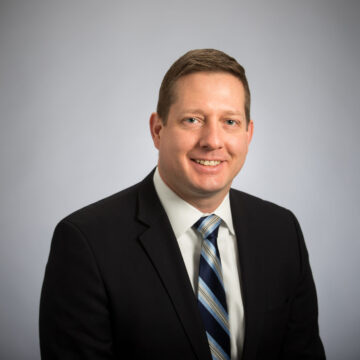How annoyed are people by the noise from supersonic planes?
Accounting for measurement error in dose-response curve estimation

Challenge
Commercial supersonic planes have been prohibited from flying over land since 1973 primarily due to the loudness of sonic booms. The National Aeronautics and Space Administration (NASA) has contracted with Lockheed Martin to build a demonstration aircraft, the X-59, which will produce a reduced sonic boom. The X-59 will be flown over select communities in the U.S., and the public will be asked to rate their perception of the X-59’s reduced sonic booms.
Many people have never heard a sonic boom and are unfamiliar with the acoustic metrics used to describe impulsive sounds. One goal is to estimate the relationship between the noise exposure level of a supersonic flight event and the probability of an individual being highly annoyed by the event, quantified by a dose-response curve.
The noise dose measurements in this study are expected to contain some degree of unavoidable error. Example sources of error include that the measurements will be:
- Taken outdoors whereas people will frequently be indoors
- Taken by sparsely located noise monitors modeled to improve areal coverage
- Subject to error from the monitor’s measurement and error from the model
This error could lead to an incorrect description of the relationship between the noise exposure level and the corresponding level of annoyance reported by an individual reacting to the event.
Westat tackled the dose-response curve estimation problem while accounting for the dose measurement error.
Solutions
Under contract to Harris Miller Miller & Hanson Inc., the prime contractor for NASA’s Community Response Testing, Westat researchers developed, evaluated, and tested, a novel way to account for measurement error in dose-response curve estimation. Using a multilevel model, they quantified the relationship between the noise dose measurement of a supersonic flight event and the probability of an individual being highly annoyed by the event. The estimation bias was greatly reduced when the measurement error was accounted for.
We performed the following tasks:
- Conducted a literature review of measurement error modeling
- Identified and prepared survey data and specifications to serve as inputs into statistical models
- Generated simulated data to mimic the new risk-reduction study of supersonic flights
- Developed novel modeling approaches to learn about the impact of the measurement error on the dose-response curve estimation
- Adopted existing state-of-the-art approaches for modeling and validation
- Programmed complex data investigation and statistical modeling to implement, evaluate, and test the methodology developed using data from a past risk-reduction study of supersonic flights and simulated data mimicking the new study
- Developed a set of statistical programs for the parallel and computationally intensive modeling work
This work bridges the statistical fields of measurement error modeling and hierarchical Bayes inference. Motivated by a statistical measurement error problem, it builds upon hierarchical Bayes modeling approaches developed to account for error from multiple sources. While the proposed model does not fully remove the dose-response curve estimation bias, it provides a better solution than a model ignoring the measurement error.
Results
We developed a novel estimation approach for quantifying the relationship between the noise dose measurement of a supersonic flight event and the probability of an individual being highly annoyed by the event, while accounting for the measurement error in the dose measurement.
Representing an innovative synthesis of methods, this work has the potential to improve dose-response curve estimation. The model predictions may serve as key data in decision-making processes involving supersonic flights, of interest to government agencies and institutions. For example, domestic and international aviation regulators could use the estimated perceptions of sonic booms to make informed decisions on whether or not to overturn the prohibition on supersonic overland flight and if so, establish allowable noise standards.
By improving how we estimate the relationship between noise exposure and public annoyance, this research helps policymakers set evidence-based noise limits while enabling safer and more acceptable supersonic travel.
-
Perspective
Workforce Development Drives Solutions to Rural Healthcare ShortagesDecember 2025
Rural communities face disproportionate shortages of healthcare professionals, resulting in diminished access to care, longer wait times, fewer available services, and, ultimately, poorer health outcomes.…
-
Expert Interview
Responsible Synthetic Data: Unlocking Insights While Safeguarding PrivacyDecember 2025
From electronic health records (EHRs) to federal statistics, synthetic data are rapidly transforming how organizations share and analyze information, offering new ways to unlock insights…
-
Expert Interview
Moving AHEAD by Overcoming Potential Challenges to Healthcare TransformationNovember 2025
Healthcare access and costs in the U.S. continue to move in opposite directions—access is declining while costs keep rising. Americans need innovative solutions that tackle…

